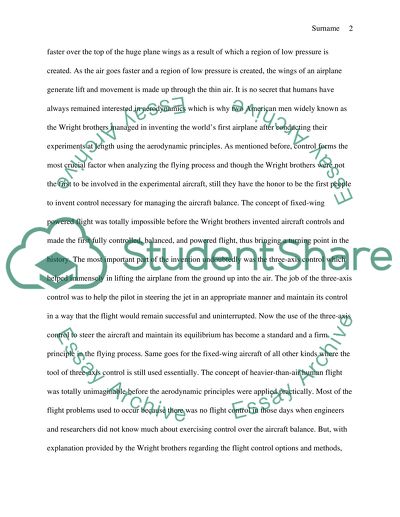Cite this document
(“How do Airplanes Fly Essay Example | Topics and Well Written Essays - 1750 words”, n.d.)
Retrieved de https://studentshare.org/physics/1452228-how-do-airplanes-fly
Retrieved de https://studentshare.org/physics/1452228-how-do-airplanes-fly
(How Do Airplanes Fly Essay Example | Topics and Well Written Essays - 1750 Words)
https://studentshare.org/physics/1452228-how-do-airplanes-fly.
https://studentshare.org/physics/1452228-how-do-airplanes-fly.
“How Do Airplanes Fly Essay Example | Topics and Well Written Essays - 1750 Words”, n.d. https://studentshare.org/physics/1452228-how-do-airplanes-fly.


